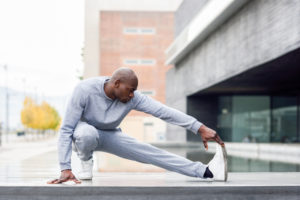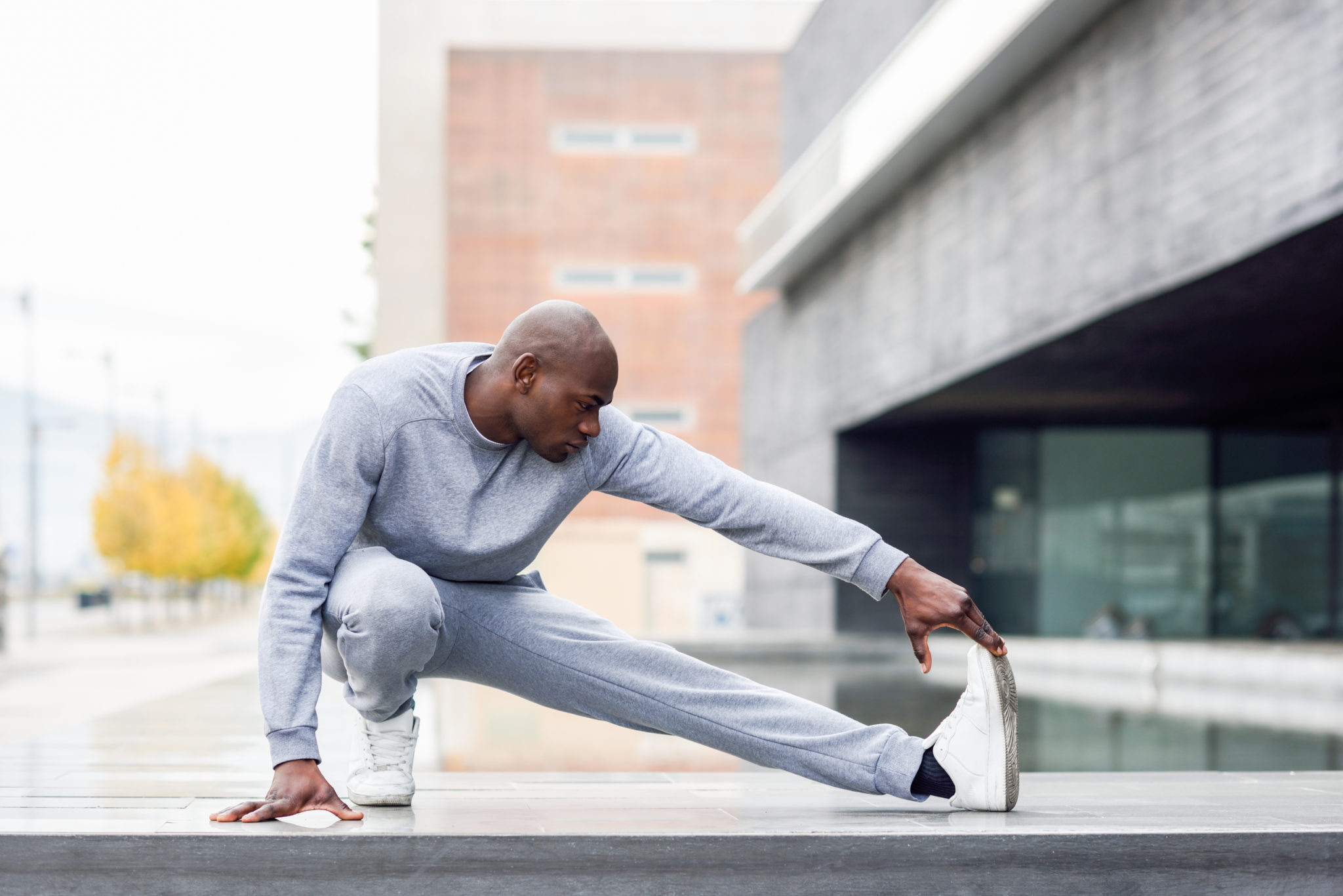Tips and Benefits of Stretching for Better Health
There is no doubt that there are many benefits of stretching including bettering your overall health. It is an important complement to any type of physical activity. It is needed to help you become more flexible in your movements. A more limber body experiences fewer physical aches and pains, is more relaxed, and can result in better posture.
Learn how you can incorporate stretching into your daily routines for better quality of life below!
Here are the benefits that you can gain from stretching:
Physical Benefits of Stretching
Improves your blood circulation
When muscles don’t get enough blood flowing through, they can start aching. Stretching exercises can stimulate those blood vessels and get the blood moving through those achy muscles. One reason why a lot of people experience sore muscles for a long time after they exercise is that they did not stretch enough. A condition called DOMS, or delayed onset muscle soreness, can be attributed to that. Better circulation to the muscles will help your muscles recover faster.
Helps your body move easier
Muscles and joints that are not stretched regularly can limit your body’s range of motion. Stretching more can improve how far your body and limbs can move so you can experience better movement. As you work up to more advanced stretches, you will reap the benefits of stretching faster.
Helps your body become more flexible
People suffer from body stiffness because they do not stretch enough. When your body is inflexible, you are likely to feel more aches and pains. An inflexible body also makes your mobility more difficult as you get older. Regular stretching can keep your body limber.
Enhances how you perform in athletic and other activities
It has been proven that stretching before engaging in any type of physical activity such as sports, a workout, or anything that requires you to be active can help your muscles get ready for the demands. It can even improve what you can accomplish.
Promotes a healthier back
Your back can easily get injured if your muscles are tight and inflexible. Stretching can help speed up your recovery after you hurt your back. A more flexible back can also prevent muscle strains and mitigate back injuries going forward.
Helps you achieve a better posture
When your muscles are weak and not toned, your body cannot sustain a correct posture. Your musculoskeletal framework cannot support it without a lot of discomfort. You can improve your posture by stretching and strengthening different areas to give your body better tone overall to maintain a good posture.
Emotional Benefits of Stretching
Helps you regain calmness
When your mind is overwhelmed with demands of the day, a bit of stretching can ease your mind and help you become calmer. As you are stretching, practice some meditation and visualize a peaceful scene. Your body and mind will loosen up at the same time.
Effective method in relieving stress
Muscles tense up when you feel the different types of stress. This is a reaction of your body that you cannot control when your emotions take over. The areas of your body that take the brunt of the stress include your shoulders, your neck, and the upper portion of your back. Stretching these areas can relieve some of that tension and make you feel better.
Manage headaches caused by tension
It is common for your head to hurt when you feel stress. When the headache is intense, it can interrupt your activities. Effective management of these headaches include drinking plenty of fluids, resting well, and doing some stretches to loosen up those muscles.
Different Ways Of Stretching
Stretching can be done in different ways depending on what you want to achieve. The two most common methods are:
Dynamic
Dynamic stretches require the muscles to move while stretching. In other words, you do not hold the stretch in the same position. These are recommended before you engage in your physical activity as a way to warm up your muscles.
Static
Static stretching requires you to get into a comfortable stretch and hold it for a certain length of time, usually from 10 seconds up to half a minute. These stretches are ideal after a workout to allow your muscles to cool down and recover.
There are also other techniques that include ballistic (which requires a bouncing movement), passive, active, and PNF (proprioceptive neuromuscular facilitation).
The simplest way is to use static and dynamic stretches.
A Stretch Routine For Beginners 
If you have never tried any stretching routines, start with something simple and slow to get your body accustomed to it. As your muscles get more used to this, you can do a little more. You also need to learn the right technique and positions. Stretching with an incorrect form can cause injuries.
You can benefit from stretching at any time. Before you work out, do five to ten minutes of dynamic stretching. After your physical activity, cool down with five to ten minutes of static stretching. Even on days when you don’t exercise, you should still stretch for five to ten minutes. This will greatly benefit your muscles in keeping them flexible and to prevent them from getting tight and strained.
Identify areas of your body where you need to improve mobility. For your upper body, typical areas that usually need to be stretched are your neck, shoulders and back. For improving lower body movements, focus on your hamstrings, calves, quadriceps and hip area. Do static stretches of about a half minute each. Stretching for about five minutes before and after any physical activity will greatly improve your experience.
Safety Recommendations To Reduce Risk
There are times when you need to be extra careful with your stretch routines. If you are recovering from an injury, follow your doctor’s orders on how you should do your stretches.
For chronic problems around mobility and flexibility, always consult with a physical therapist or an expert in sports medicine to help you design a routine that is safe and appropriate for your abilities.
If there are health issues that limit your ability to do stretches properly, ask your doctor for other things that you can do to improve your flexibility.
No matter if you are just starting out or have been doing stretching routines for a while, you should always follow the safety recommendations below:
Avoid bouncing
Ballistic stretching is no longer recommended unless your physical therapist or health professional specifically recommends this method of stretching for your particular needs.
Never over-stretch
Stretch only to the point when you feel the pull, but never to the point when it is painful. When you reach a painful point, ease up on the stretch until you get back to a point where you can comfortably hold the stretch.
Avoid stretching the same area too much
Stretching demands work from your muscles. If you make those demands too often on the same muscles, you may end up damaging those muscles. Spread out your stretches to different areas, and space them apart accordingly.
Do not stretch a cold muscle
You should always stretch after you work out. That’s when your muscles are warm and pliable. Cold muscles are stiff and difficult to stretch. However, you can either walk or jog to warm up those muscles before you stretch them.
The Bottom Line of the Benefits of Stretching
Almost everyone can benefit from stretching, from the novice to the professional athlete. Just by stretching five to ten minutes each day, doing a combination of static and dynamic stretches, you can improve your posture, become more flexible and mobile, and get rid of tension from your body and mind. Start experiencing the benefits of stretching today, and for more information on health, wellness, and functional medicine, call Evexia Family Chiropractic! We are so passionate about each of our clients’ health and well-being.

